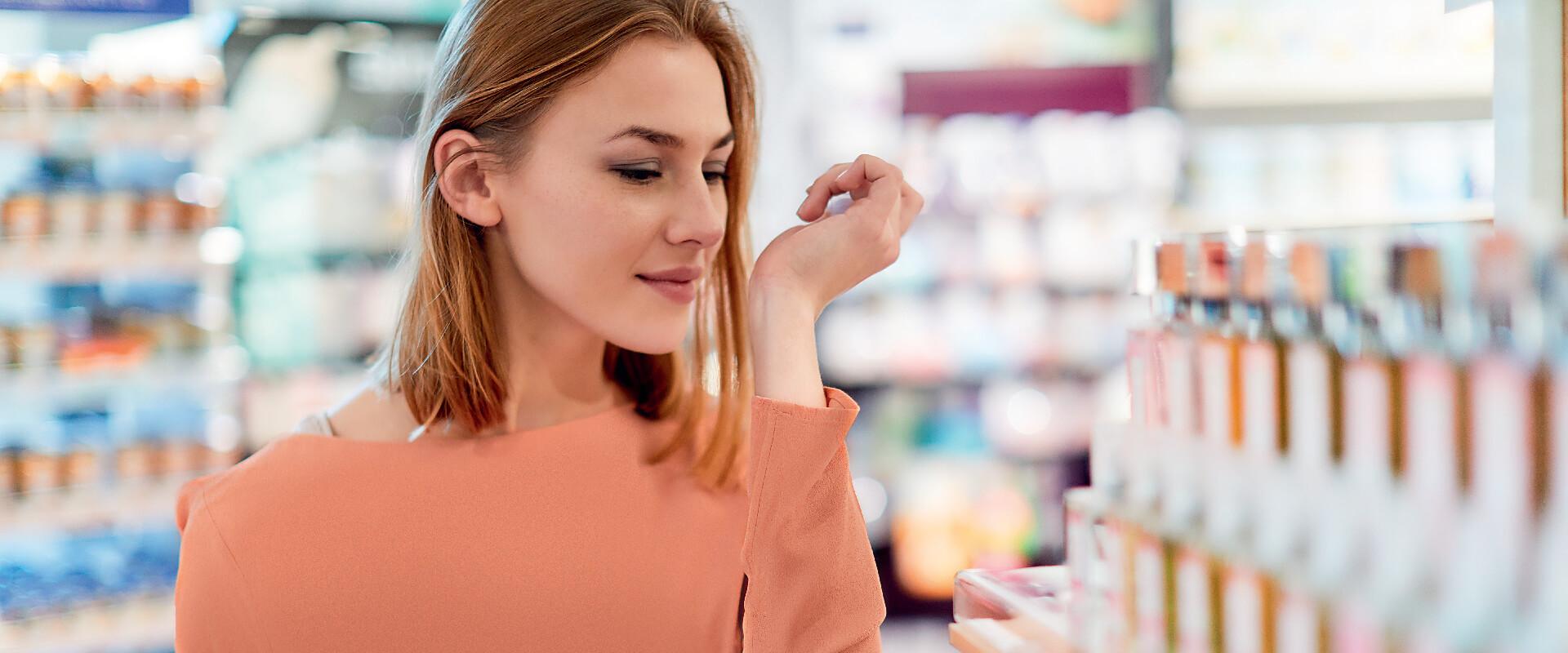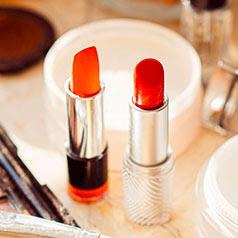Composing fragrances is a complex art. It is the careful orchestration of natural extracts and synthetic compounds to strengthen and sublimate the olfactory notes created.
As fragrance composition is not patented, perfumers want to protect their unique know-how by keeping their compositions secret. That is why, in the list of ingredients on the packaging, the fragrance is listed as “PARFUM/FRAGRANCE” without further explanation. Only potential allergens appear on the labels of products sold in Europe. This information enables consumers at risk to be aware of their presence. This is a requirement of European regulations since 2004, which L'Oréal applies to all its products around the world.
In partnership with perfumers MANE, IFF, Givaudan and Firmenich, we have decided to be more transparent about the composition of our fragrances in response to growing demand from consumers, NGOs and retailers for better information about product composition.
A Unique Policy
This policy, drawn up jointly with perfume designers, aims to inform the consumer about natural or synthetic perfumery ingredients that make up the fragrances.
Our transparency policy reveals at least 95% by weight of the ingredients present in the pure fragrance. This represents most of the substances, making up the essence of the olfactory note. Minority substances only represent 5% by weight. They allow the perfumers' know-how to remain a secret, as they are exclusive materials that make the character of the composition unique. However, these minority substances are indicated if they are among the substances the authorities require to be declared, such as allergens.
The specific nature of this policy is to provide information about the ingredients making up the pure fragrances used to perfume cosmetic products such as body milks and shampoos, and those used in eaux de parfum, eaux de toilette and eaux de Cologne.
We share this transparency policy on fragrance ingredients with everyone in the cosmetics world, such as the perfumery industry, distributors and their service providers.

Information available on our brands' websites
This information is not directly visible on the product packaging for obvious reasons of space and readability. It is however available to consumers on our brands' websites.
We decided to classify all the ingredients according to their olfactory family, such as the “fruity” or “floral” family, as this is how perfumers usually use them in their creative work. This format includes a simple explanation of the olfactory note and the natural or synthetic origin of each ingredient. The lists are also available to distributors if they so wish.
We are launching this transparency initiative on fragrances in the United States in September 2021, for two of our brands: Yves Saint Laurent and Garnier for their entire product catalogue, and in France and the United States for Atelier Cologne. It will subsequently be deployed around the world for all the Group's brands.
























